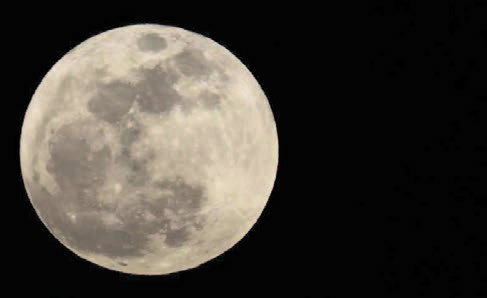
NEW DELHI (TIP): Some famous cow breeds of the Americas, including the iconic Texas Longhorn, have descended from Indian ancestors, a new genetic study reveals. Indian cows traveled to East Africa, then mixed with local cattle populations up to the North African coast.
From there they were picked up and continued to intermingle with Spanish cattle. In 1493, Christopher Columbus took these Indian variants to the Caribbean on his second voyage. Then they spread to Mexico and Texas. The study by scientists of the universities of Texas (Austin) and Missouri (Columbia) was published in the scientific journal Proceedings of the National Academy of Sciences (PNAS) this week. This bizarre journey of the Indian cow’s genes is a reflection of human migration as cows have practically coexisted with human society. Cows were domesticated around 10,000 years ago in two regions – Turkey and India – from a wild species called aurochs which were up to two times larger than current bovines.
These are respectively called the taurine and indicine types of cows. Aurochs were hunted to extinction by 1627. It was generally assumed that North American cattle were descendants of European cattle brought by settlers. However, certain varieties of cattle like the Texas Longhorn showed distinctive characteristics like being immune to certain ticks (parasitic insects), and quite capable of withstanding tough drought like conditions.
Obviously, there was more to their ancient past than met the eye. To understand and unravel the origins of American cattle breeds, the scientists analyzed the genetic lineage of three cattle descended from the New World cows: Texas longhorn, Mexican Corriente and Romosinuano cattle from Colombia, and compared them with 55 other cattle breeds. They found that changes in genetic sequences found in the three New World cows were very similar to the ones in Indian breeds.
Collating historical records, the researchers have suggested that these imported cattle survived in wild herds in their new home for another 450 years. This period, covering about 80 to 200 generations would offer an opportunity for natural selection, that is, survival of the characteristics that are better suited to the new environment, at the cost of unsuited characteristics. There have been later ‘imports’ of the Indian breeds in the Americas, the researchers admit. They were introduced to North America via Jamaica by the 1860s. In the mid-1900s, Indian cattle were imported into Brazil, and now there are “naturalized” Brazilian indicine (Nelore) and indicine/taurine hybrid (Canchim) breeds.





Be the first to comment